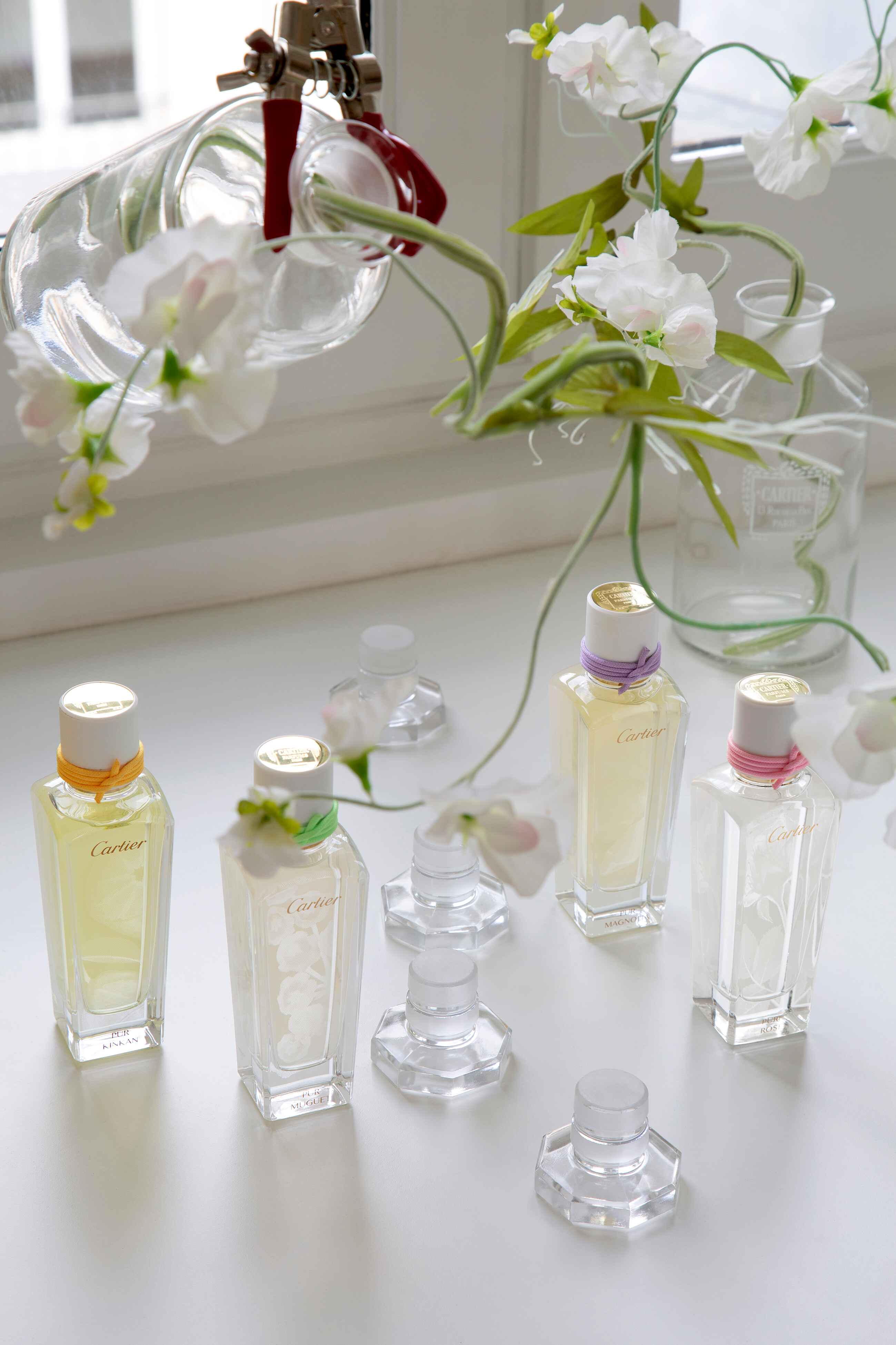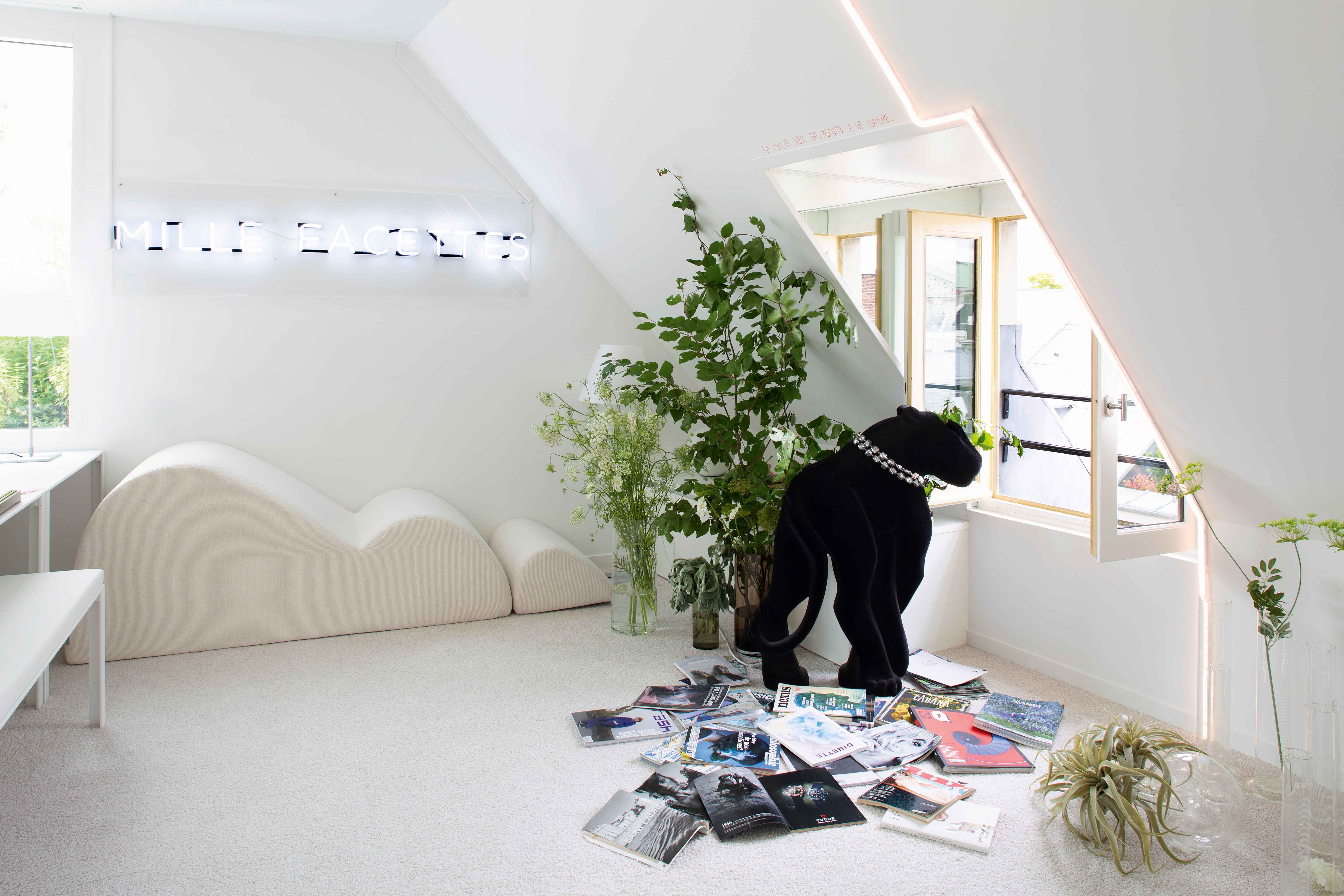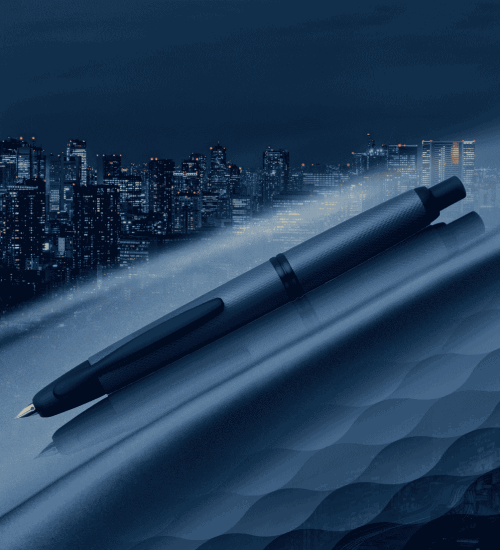“Because it is directly linked to the vital breath that gives us life; because it is intrinsically connected to our very existence, for me, smell is the king of the senses. The sense of life,” pronounces Mathilde Laurent.

The French perfumer adores smelling everything around her, and memories of scents, such as her childhood garden in Normandy, maquis shrubland in Corsica, Mirabelle plum jam, lemon tea, Gitane smoke, or crushed figs, have accompanied her throughout her life and stirred up strong emotions within her. Following a diploma in chemistry, she traded her passion for photography for studies at ISIPCA, a Versailles-based higher education institute dedicated to perfume, cosmetics and food flavoring that was the only school in the world where one could learn the profession of perfumer at the time. She then ended up spending almost a decade at Guerlain, after having bumped into Jean-Paul Guerlain and asked him to be his intern. While there, she authored her first successes like Pamplelune, Shalimar Eau Légère, and Guet-Apens, before becoming Cartier’s in-house perfumer in 2005. As the creator and guardian of the Maison’s fragrances, she has been defending the Cartier trademark style of daring elegance – always a leader and visionary and never a follower – from her fragrance lab at Rue du Faubourg Saint-Honoré near Place Vendôme since 2021, after years spent at the Cartier Foundation building on the Left Bank.
It’s easy to surprise, but it’s a certain refinement that characterizes Cartier’s fragrances that adorn the body like invisible jewellery, evident from Laurent’s creations, from Les Heures de Parfum high perfumery collection, Roadster or La Panthère to L’Envol de Cartier, Carat or Rivières de Cartier. “At Maison Cartier, we create an aesthetic shock from familiar ingredients,” says Laurent. “Using flagship ingredients to the point of overdose and placing the least number of superfluous things around them, it’s simplicity that creates emotion. While others work with masses of ingredients, I like having ‘soloists’ surrounded by a choir. Also, imagine having a quintet and adding a muted melody behind it, or playing an iconoclastic instrument like a synthesiser together with stringed instruments. I like contrast and binding things that are contradictory from the start.”
(Related: The rebirth of an icon)

To be the “nose” of Cartier, Laurent had to dive deep into the brand’s history and style, to try to learn and understand everything so that this knowledge is infused in everything she produces. “I came to Cartier because of their ambition: They wanted to recruit a perfumer to develop fragrances that would reflect the Maison,” she recalls. “Their pioneering vision was evident in that they were one of the rare Maisons to integrate an in-house perfumer. What seduced me was Cartier’s excellence, uniqueness, and respect for savoir-faire.”
When designing a perfume, Laurent begins by mentally imagining the finished product, even managing to smell the fragrance in her head without it physically existing, then crafts it step by step without ever diverging from her original idea. “Creating a perfume is like writing on a blank page every time,” she explains. “First of all, fragrance is an idea, a concept – we always start there. We never think of perfume from only a perfume perspective, especially in a Maison such as Cartier. We need a concept that links Cartier’s history, the perfume, and the history of art. It is built around the reflections of the whole team, and the perfumer’s role is to concretize the idea in an olfactory language.”
An activity of perseverance or even self-sacrifice, perfumery is a job that is quite tedious on a daily basis, progressing slowly millimeter by millimeter. Sometimes it takes three hours or even three weeks just to move one millimeter forward. A painstaking operation, fashioning a new scent requires between six months and two years, and from 100 to 500 trial runs to achieve a harmony. Laurent states, “We elaborate a fragrance like a dish that we remake completely every time by adding an ingredient or varying the quantity, even if it’s only a pinch of salt!” Rather than having an ingredient of predilection or a personal olfactory signature, she is inspired by the components she works with during the creative process, investing time in researching ingredients and testing molecules with which she is unfamiliar.

For some time, Laurent had wanted customers to be able to purchase a small quantity of any Cartier perfume to be able to experiment and play with it. In 2021, she oversaw the launch of Les Nécessaires à Parfum, engraved and lacquered metal cases housing refillable glass bottles from Cartier’s range of fragrances that include Déclaration, Baiser Volé, Pasha, Rivières, Oud & Santal, L’Heure Diaphane, or Pur Magnolia. Designed to slip inside one’s handbag, the rectangular cases – decorated with Art Deco, modern geometric or Islamic art and Asian influences – revive the great tradition of vanity cases that Cartier had first introduced in the 1920s, which called on the skills of designers, case makers, lacquer artisans, marquetry craftsmen, lapidaries, setters, engravers and sometimes jewellers.
(Related: The Change Catalyst)

"A manifestation of the invisible and the impalpable, it questions our human condition within the universe and blurs the boundaries that separate the molecular level from the cosmic, the physical from the metaphysical.”
Taking perfume out of the bottle and allowing the public to experience its energy was Laurent’s intention when she masterminded the Unidentified Scented Object 1. “The Perfumed Cloud” was an experimental installation set up in a glass cube in the basin of the Palais de Tokyo in 2017, then at the Louvre Abu Dhabi two years later during the 10,000 Years of Luxury exhibition. Last December, she launched chapter two of the olfactory journey, “The Scented Myth”, based on Aristotle, Dante, Plutarch, Theophrastus, and Pliny the Elder’s story of a panther that exerts an irresistible power of attraction on other animals thanks to its enchanting scent.
In the immersive installation where light, sound and perfume converged, the House’s emblematic feline appeared when light shone off streams of fragrant water, offering a glimpse of perfume’s transcendent nature that connects the tangible and the intangible. “Seeking to merge myth and icon, I imagined the emotion of seeing them come to life before us through all the senses, to express the power of olfaction,” Laurent discloses. “Perfume is much more than simply applying a scent on ourselves. A manifestation of the invisible and the impalpable, it questions our human condition within the universe and blurs the boundaries that separate the molecular level from the cosmic, the physical from the metaphysical.”
Challenging preconceived notions, Laurent refuses the idea of winter or summer perfume, morning or evening perfume, perfume for brunettes or blondes, or even for men or women. Rather than reflecting your personality, she believes that selecting a fragrance is about choosing your pleasure, and if you like it, it will fit you. All that matters is the delight you feel and the sensation of well-being that the scent can bring. As perfume has a deep, unspeakable, unconscious, and emotional power, when you’re fond of a fragrance, it’s always because in your lifetime, you’ve had a positive experience associated with it. Advocating for the widest possible audiences to discover perfumery, Laurent’s hope ultimately is to light up someone’s day or mood through perfume and for the public to learn to contemplate the world through the sense of smell.















-NAC Facade L2.jpg&w=500&h=550&crop-to-fit)
 Back
Back
